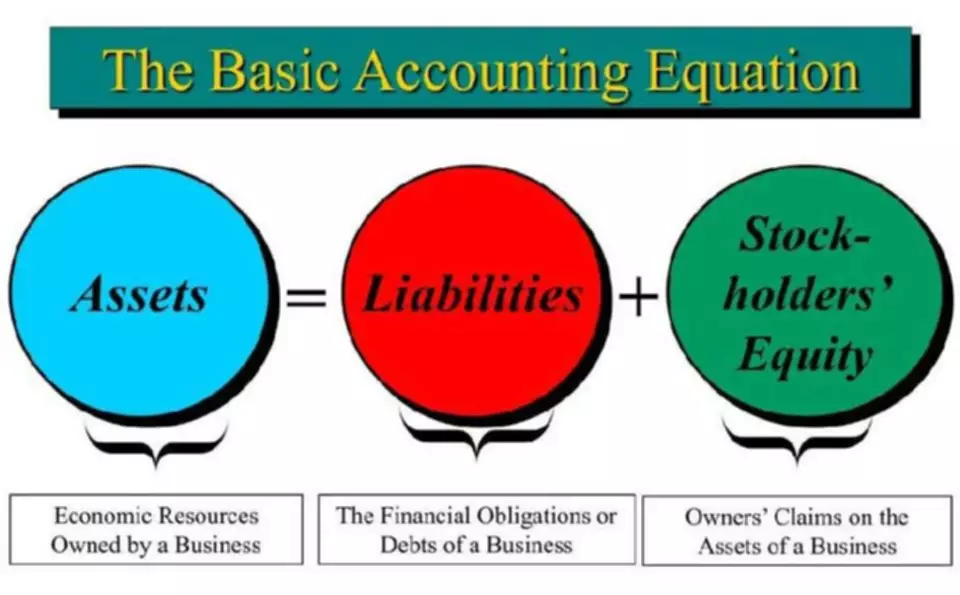Content

However, when compared to the actual results that are received after the fact, the numbers from static budgets can be quite different from the actual results. Static budgets are used by accountants, finance professionals, and the management teams of companies looking to gauge the financial performance of a company over time. A company makes a budget for the smallest time period possible so that management can find and adjust problems to minimize their impact on the business. Everything starts with the estimated sales, but what happens if the sales are more or less than expected? What adjustments does a company have to make in order to compare the actual numbers to budgeted numbers when evaluating results? If production is higher than planned and has been increased to meet the increased sales, expenses will be over budget.
The company can create three budget scenarios with one comparing the same expected results at 100% of capacity, while the others may be in a range, such as 80% and 120%. The company can then use all the figures to create a new budget for the following year. A static budget may be more inaccurate than a flexible budget if the actual volumes vary from the projected volumes. This could occur since it doesn’t consider current sales or other changes that could impact the company’s revenue. On the other hand, flexible budgets can vary and take these changes into consideration.
Budgeting Efficiency
The management can determine the performance of various departments based on variances determined. They are prepared to represent budgeted costs and revenues based on a specific activity level, such as the number of units produced, percentage of capacity utilized, or number of person-hours devoted. The flexible budget adjusts accordingly based on the actual activity level. Thus, the cost manager can use a flexible budget as a reference tool for measuring the variance with the actual performance and result. A static budget is one that is prepared based on a single level of output for a given period.

Revenues and expenses are constantly adjusted in flexible budgets for current operating conditions. New environmental regulations might increase the costs of production and could require the purchase of different types of machines. Weather conditions could increase shipping costs and result in delayed shipments to customers.
AccountingTools
When using a static budget, some managers use it as a target for expenses, costs, and revenue while others use a static budget to forecast the company’s numbers. For SaaS companies, flexible budgeting relates more to the cost of revenue — https://www.bookstime.com/ the actual costs for creating and delivering a product/service to customers. The cost of revenue involves hosting fees, service and cloud fees, and website development. For example, telephone expenses may vary with changes in headcount.

For example, Figure 10.26 shows a static quarterly budget for 1,500 trainers sold by Big Bad Bikes. Expenditures may only vary within certain ranges of revenue or other activities; outside of those ranges, a different proportion of expenditures may apply. A sophisticated flexible budget will change the proportions for these expenditures if the measurements they are based on exceed their target ranges.
How to Prepare a Master Budget for a Business
The result is that a flexible budget yields a budgeted cost of goods sold of $3.7 million at a $9 million revenue level, rather than the $4 million that would be listed in a static budget. At its simplest, the flexible budget alters those expenses that vary directly with revenues. There is typically a percentage built into the model that is multiplied by actual revenues to arrive at what expenses should be at a stated revenue level. In the case of the cost of goods sold, a cost per unit may be used, rather than a percentage of sales. Flexible budgeting is important for financial planning and analysis (FP&A) because it allows FP&A professionals better to understand the relationship between costs and activity levels. This information can then be used to make better decisions about pricing, production, and other business areas.
Budgeting is an important part of business finances as well as personal finances. While the general concept of budgeting may be the same, it can be used for many different purposes. Because of this, there are several different types of budgeting systems that can be used. For example, let’s say that you have been asked to create an operating plan for your business over the next five years. For example, a widget company might start out the year with a static planning budget that assumes that the cost to produce 10 widgets is $100, and the company will produce 100 units per month. Each unit will bring in a net profit of $50, so the net profit per month will be 100 X 50, or $5,000.
Pros and Cons of Flexible Budgeting
A flexible budget is one that takes into account your actual production and revenue rather than what you originally projected. This represents your best guess at what will be spent and what will be earned. A flexible budget is a budget that changes based on your actual production or revenue. Unlike a static budget, it adjusts your original budget projection in using your actual sales or revenue.
- Growth rarely happens in exactly the way your original business plan described.
- Flexible budgeting can be used to more easily update a budget for which revenue or other activity figures have not yet been finalized.
- However, this comparison may be like comparing apples to oranges because variable costs should follow production, which should follow sales.
- Data visualization software like Tableau or Power BI can help FP&A teams communicate financial data and insights to non-financial stakeholders.
- Now, let’s assume that it costs one dollar to make each unit of product, so you budget $5 a month for this.
In short, a well-managed static budget is a cash flow planning tool for companies. Proper cash flow management helps ensure companies have the cash available in the event a situation arises where cash is needed, such as a breakdown in equipment or additional employees needed for overtime. While creating and maintaining real-time adjustments can be somewhat time-consuming, there’s tangible value in terms of more efficient budget allocations and more agile decision-making. After each month (or accounting period) closes, a flexible budget assumes you’ll compare projected revenue to actual results and adjust the next month’s expenses accordingly.
Advantages of having a flexible budget
A budget, prepared for different levels of activities is called flexible budgeting. The flexible budget is otherwise called as variable budget, dynamic budget, sliding scale budget, step budget, expenses formula budget and expenses control budget. For example, https://www.bookstime.com/articles/flexible-budget the overhead expenses budget for a normal level of 80% activity is Rs 90,000. Assuming that the expenses budget consists of fixed cost Rs 50,000 and variable expenses Rs 40,000, then variable cost per 1% activity is Rs 500 (i.e., Rs 40,000/ 80).
Layered on top of that is a flexible budget system allowing for variable costs to fluctuate based on sales performance. The ability to provide flexible budgets can be critical in new or changing businesses where the accuracy of estimating sales or usage my not be strong. For example, organizations are often reporting their sustainability efforts and may have some products that require more electricity than other products.
Suppose the budget was set up with the expectation that sales would be $200,000 per month and labor cost was budgeted at $50,000 per month, or 25 percent of sales. It’s a budget that is prepared at the beginning of the year and not changed until it’s time to make a new one at the start of the next year. The numbers do not change for the entire year, regardless of anything that happens in the business environment. In conclusion, the budget that companies can prepare for multiple output levels is a Flexible Budget. Practically, managers widely use this type of budget as it is the most realistic one.
- A static budget serves as a guide or map for the overall direction of the company.
- There are several great tools available online that make budgeting a breeze.
- So if the initial static budget called for 25% to be spent on marketing, the flexible budget will maintain that same percentage for marketing whether the budget increases or decreases.
- The master budget, and all the budgets included in the master budget, are examples of static budgets.
- Using the budget range for each activity driver, establish a budget model that adjusts for changes in activity levels.
With a flexible budget It’s easy to make adjustments when necessary, so that you can stay within your spending limits and still buy what you need. A flexible budget will show the variance in both revenue and spending. According to this data, the monthly flexible budget would be $35,000 + $8 per MH.